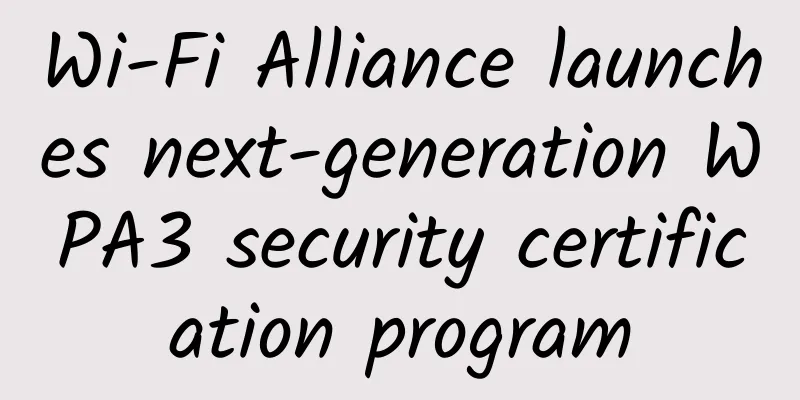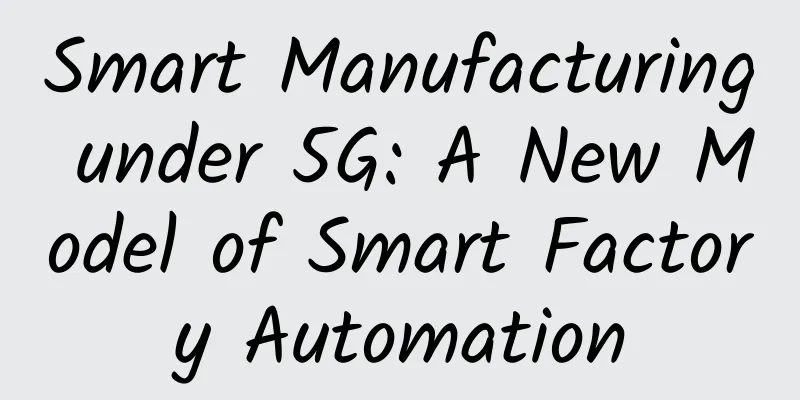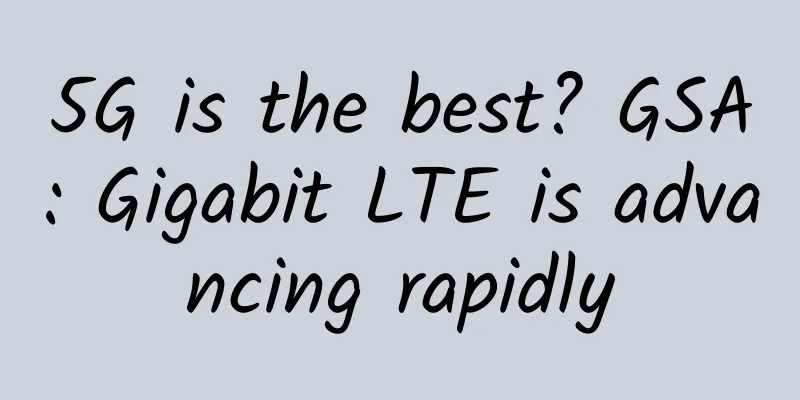Wi-Fi Alliance launches next-generation WPA3 security certification program

|
[51CTO.com original article] On June 26, the Wi-Fi Alliance officially held a media meeting in Beijing and announced the launch of the Wi-Fi CERTIFIED WPA3 security certification program. As a new generation of Wi-Fi security certification program, its new features can enhance the protection of personal and enterprise Wi-Fi networks. In the more than ten years since its release, WPA2 has been widely adopted. On this basis, WPA3 adds new features and simplifies Wi-Fi security, realizes flexible authentication, and provides more trustworthy encryption strength for highly sensitive data markets. As the Wi-Fi industry transitions to WPA3 security certification, WPA2 devices will continue to maintain interoperability and provide certified security performance. The WPA3 security certification program continues to support the market through two different operating modes: WPA3 Personal and WPA3 Enterprise. All WPA3 networks use the latest security methods, disable outdated legacy protocols, and require the use of ProtectedManagementFrames (PMF) to maintain the resilience of mission-critical networks. Key capabilities of WPA3 include:
[51CTO original article, please indicate the original author and source as 51CTO.com when reprinting on partner sites] |
<<: WOT Huang Shuquan: Edge computing helps industrial intelligent manufacturing
>>: The three major operators unveiled their latest 5G strategies
Recommend
How to deal with the new security challenges brought by 5G
Mobile network infrastructure has changed dramati...
Ten rounds of fierce competition between NB-IoT and eMTC
This article systematically sorts out and analyze...
CloudCone: Los Angeles VPS from $1.80/month, Cloud Server (SC2) from $1.65/month
CloudCone hasn't had a flash sale for a long ...
Perhaps it is easier to understand HTTPS this way
We won’t talk about HTTP and HTTPS first. Let’s s...
Application and standardization status of IPv6 technology in ubiquitous network perception extension layer
1. Basic concepts of ubiquitous network Ubiquitou...
Driving industrial transformation in the intelligent era, Huawei Intelligent Computing 2019 is ready to go!
[51CTO.com original article] The first time the r...
Ruijie Networks: Not only a light chaser, but also a light maker for Ethernet all-optical networks
With the rapid development of information technol...
NVIDIA Network Senior Product Manager Chen Long: Unveiling the Evolution of InfiniBand Network Cluster Architecture
Whether it is the evolution of data communication...
The secrets of the black industry: the things about the "coding platform"
Introduction The rapid development of Internet bu...
Ruijie launches the new generation of smart classroom "A Good Class" to activate education informatization 2.0
On April 2, Ruijie Networks held a new product la...
Ultra-low energy consumption Passive Wi-Fi speed exceeds 11Mbps
According to foreign media reports, a research te...
Join hands to innovate and start a smart future. The completion and project signing ceremony of Cisco (Guangzhou) Smart City Industrial Development Center was successfully held
In order to promote the further development of Ci...
Four trends will occur in the telecommunications industry in 2023
Greater emphasis on data Telecommunications busin...
spinservers: $99/month-E3-1285v5/32GB/1TB NVMe/10Gbps/San Jose data center
Last week we shared the news that spinservers is ...
[5.1] Megalayer limited time sale, E3-1230/8G US & Hong Kong server starting from 199 yuan/month
Megalayer has launched a limited-time flash sale ...









